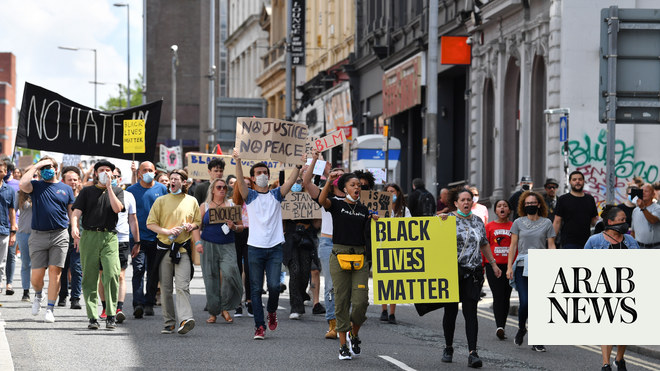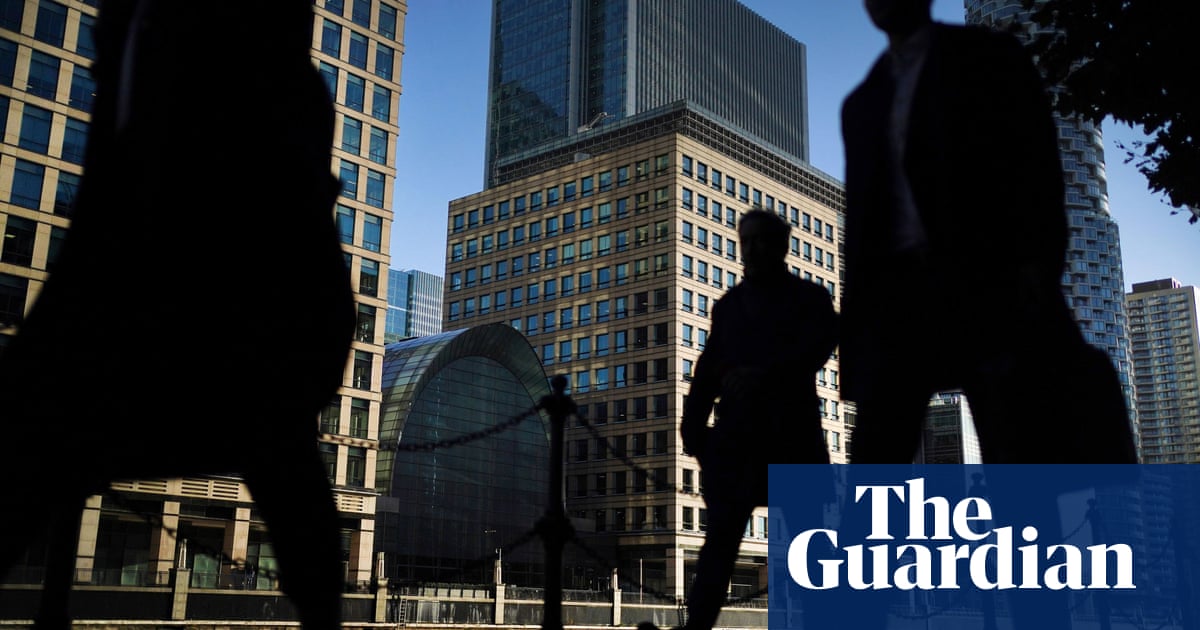
Black, Asian and disabled tenants are disproportionately likely to face discrimination looking for a home, and to end up inhabiting shoddy, unsafe and unsuitable accommodation, according to the housing charity Shelter.
Its survey of 13,000 people’s housing experiences suggests that overall 17.5 million people are affected by what the charity calls the “housing emergency” – meaning they live in housing that is substandard or hazardous, unaffordable, or unfit for their needs.
High housing costs – and the failure of housing allowances to keep pace with rents – meant that for a fifth of people housing was a source of stress, while 14% admitted they cut back on food or fuel to prioritise paying the rent or mortgage.
Shelter said the pandemic had shone a stark light on the state of Britain’s housing, with poverty and poor and overcrowded accommodation recognised as a key factor in many areas where Covid infections and deaths were highest.
Structural racism and discrimination mean black, Asian, and disabled people, gay people, people on low incomes and single parents are overwhelmingly more likely to experience poor and inadequate housing, the charity said.
As well as being more likely to be on low incomes, racial minorities were more likely to be offered poorer homes or “steered” into certain neighbourhoods, Shelter said. So-called “No DSS” discrimination and the ineligibility of some migrant workers for housing support further diminished the housing chances of marginalised groups.
Shelter’s survey found:
Black and Asian people were almost five times more likely to experience discrimination when looking for a safe, secure and affordable home than white people (14% versus 3%). More than one in 10 disabled people, and 7% of those earning under £20,000 a year, found it hard to find a safe and secure home.
Twelve per cent of black people and 14% of Asian people reported safety hazards in their homes, such as faulty wiring and fire risks – compared with 6% of white people. Fourteen per cent of black people and 16% of Asian people reported living in a property with significant defects with walls or roof, compared with 8% of white people.
Overall, 56% of black people were affected by the housing emergency, compared with 49% of Asian people and 33% of white people. More than half (54%) of disabled people were affected (compared with 30% of non-disabled people) and 58% of single parents.
Polly Neate, the chief executive of Shelter, said: “Decades of neglect have left Britain’s housing system on its knees. A safe home is everything, yet millions don’t have one. Lives are being ruined by benefit cuts, blatant discrimination and the total failure to build social homes.”
Despite big changes in the housing market in recent decades – 11 million people now rent in the private rented sector, twice as many as 20 years ago – housing laws have changed little since the 1980s, trapping many in a series of short-term private lets and creating a “permanent state of stress and instability” for many tenants, Shelter said.
Not only were an estimated 1.5 million people bringing up children in the private rented sector – twice as many as 15 years ago – but hundreds of thousands of older people were likely to be renting privately in years to come, “facing unaffordable rent increases at a time when most owner-occupiers are starting to be mortgage-free”.
Shelter is calling for 90,000 social homes to be built every year to stem the crisis of affordability and to cut the estimated 1 million people on council waiting lists.
A Ministry of Housing, Communities and Local Government spokesperson said: “We’re providing over £750m this year alone to tackle homelessness and rough sleeping and are investing over £12bn in affordable housing.”












